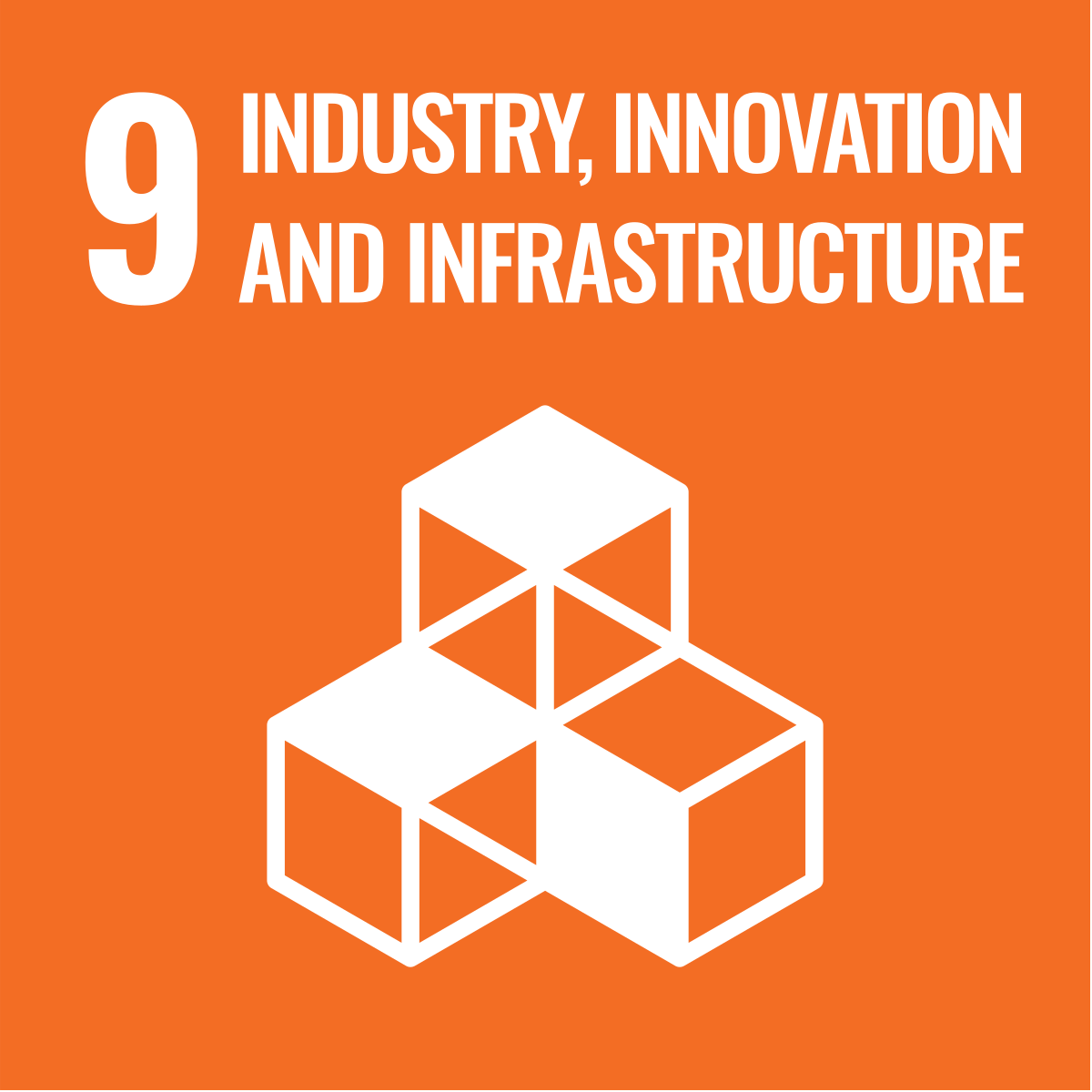The project generally aims to generate models of fault deformation based InSAR observations that will help determine where and how fast faults are accumulating seismic moment (equivalent to seismic energy or stress accumulated) to allow us to understand the fundamental mechanics of fault deformation related to the recurrence of earthquakes.
Specifically, the project aims to develop a semi-automated workflow for processing SAR data to produce ground displacement maps around faults. Generate GIS-compatible ground deformation data products for areas across a major active fault (i.e. the Philippines Fault) from ALOS InSAR time-series analysis. Estimate the potential size and return time of earthquakes from slip models based on the InSAR data.
The research aligns with the following UN SDGs:
- SDG 9 - Industry, Innovation, and Infrastructure
- SDG 11 - Sustainable Cities and Communities
- SDG 15 - Life on Land
Cover photo is a screen capture from Dr. Dianala's presentation for the National Research Foundation Singapore's Young Scientist Quickfire Pitch held last 6-10 January 2025.


![]()